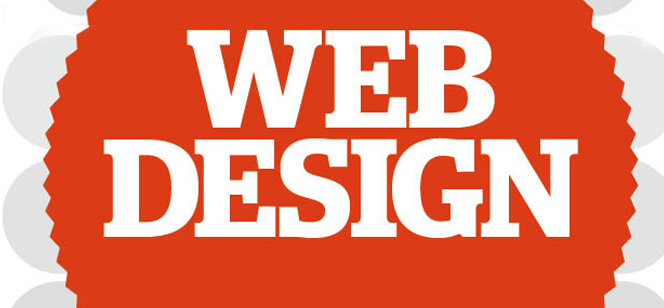The Internet has no geographical or cultural boundaries and one can expect visitors all corners of the world to your site. A well-designed Website should be accessible to all types of people including those with hearing disabilities, are visually impaired, and even those with physical disabilities.
If you want your Website to reach out to a larger audience, then it could be better to incorporate additional features at the planning stage itself. This could save you the trouble of re-writing all the programs and codes required to changing your Website. A feature that can jump across geographical boundaries would be the ability to incorporate a translation facility, to translate the language used in your Website into various other languages. This helps people from other countries gain access to your Website.
You might at present, be restricted to translating your Website into two or three different languages based on your target audience. The future might provide Website designers the power to translate the entire Website into any language that a visitor desires.
If you need help designing your website for universal access, you can find a web design company with a broad understanding of the different needs of web users with physical disabilities.



